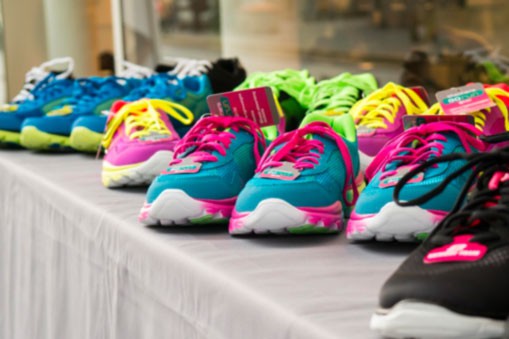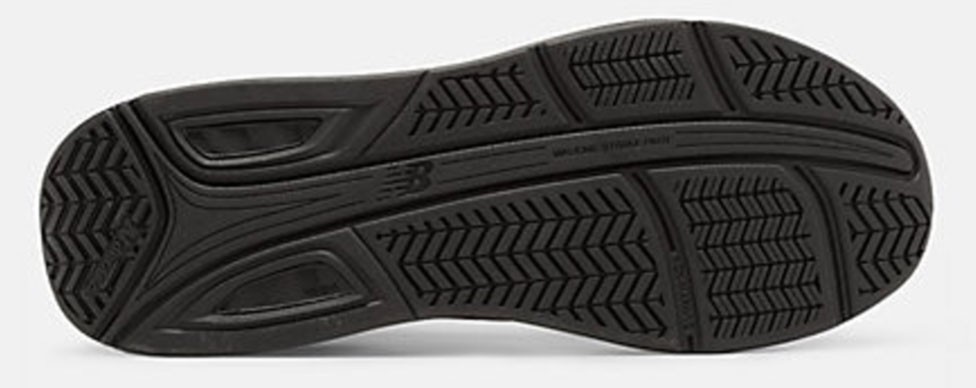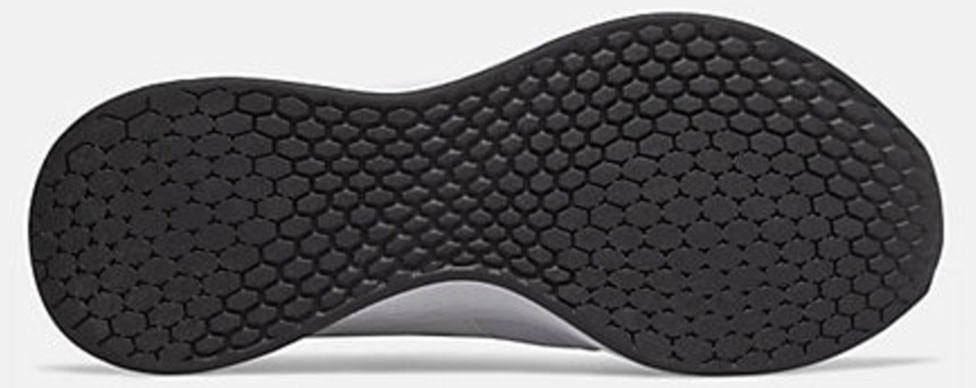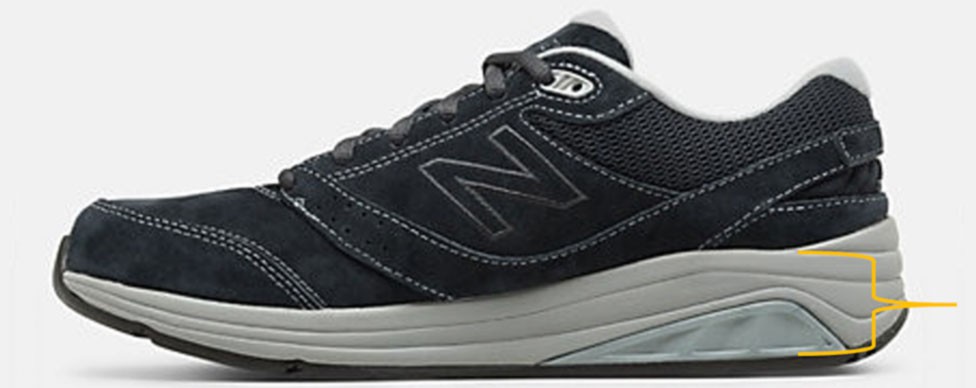Selecting Appropriate Shoes for AFOs (Ankle-Foot-Orthoses)
For Treating Posterior Tibial Tendon Dysfunction (PTTD), Pes Plano-Valgus, ie, "Flat Feet" and "Over-Pronation"
When I am evaluating a patient for AFOs (ankle-foot orthoses) I always take the time educating him or her about appropriate footwear to use with the braces, as obtaining appropriate footwear is usually a patient's responsibility. The AFO and the shoe must work together to meet the desired outcome. Experienced AFO users tend to have an appreciation for this already. People new to AFOs may feel a little bewildered by shoe selection. An appropriate shoe is just as important a solid foundation for a house. Here are some key points.
1. Size up. Usually you will need to increase shoe size by at least ½ size, AND 1 width. For instance, I wear a size 10 ½ E. With an AFO I need 11 EE or even EEE. Some people, especially women, like to wear shoes that are too small. In this case you will need to size up a bit more. Talk with your orthotist as some AFO styles require more room than others.
2. f you are wearing an AFO only on one side, the other shoe will be a bit too large. We can give you a comfortable spacer to put in the other shoe to take up the extra room. Or you can buy two pairs of shoes of different sizes. OR you can purchase two SINGLE different sized shoes online through ZAPPOs (limited styles available) with no up-charge.
3. Please don't get too hung up on brands. Many major brands make both appropriate and inappropriate shoes for our purposes.
4. Stability matters. A lot.
5. The mid-sole on the inside of the mid to posterior portion of the shoe needs to be fairly firm to resist deformation. This shoe shown below even has a very firm plastic insert on the outside. Soft squishy mid -oles may feel comfy but deform too much.
6. Also note the heel drop. Heel drop is the difference between the relative height of the heel compared to the height of the ball of the foot. In the actual shoe the drop is about 13mm. This is important because many people with PTTD, flat feet, internal rotary deformity, etc are tight in the calf muscles/Achilles tendon. This tightness is often involved in evolution of the pathology and adding a bit of heel height accommodates some of the tightness and improves correctability. 10 – 13mm heel drop is usually what to look for.
7. You need to get into the shoes. Slip-on shoes and strappy shoes are not an option. Laces with a tongue that can be pulled down allow a wide opening to get in and out, and get a good snug fit where needed. A couple of Velcro straps is almost as good. Some shoes now have the tongue sewn in on the sides or have a mesh sock upper, neither of which works.
8. Keep the receipt, and don't wear the shoes outside until you try them and know they work with the AFO.
Keith Young
CO, LO Prosthetic Resident
Brandon works at Mid Florida Prosthetics & Orthotics
Gainesville & Ocala East Clinics
To learn more about Keith or schedule a consult with him click the button below.
When you subscribe to the blog, we will send you an e-mail when there are new updates on the site so you wouldn't miss them.
Addtional Info
Central Florida Locations
Innovative Partners









